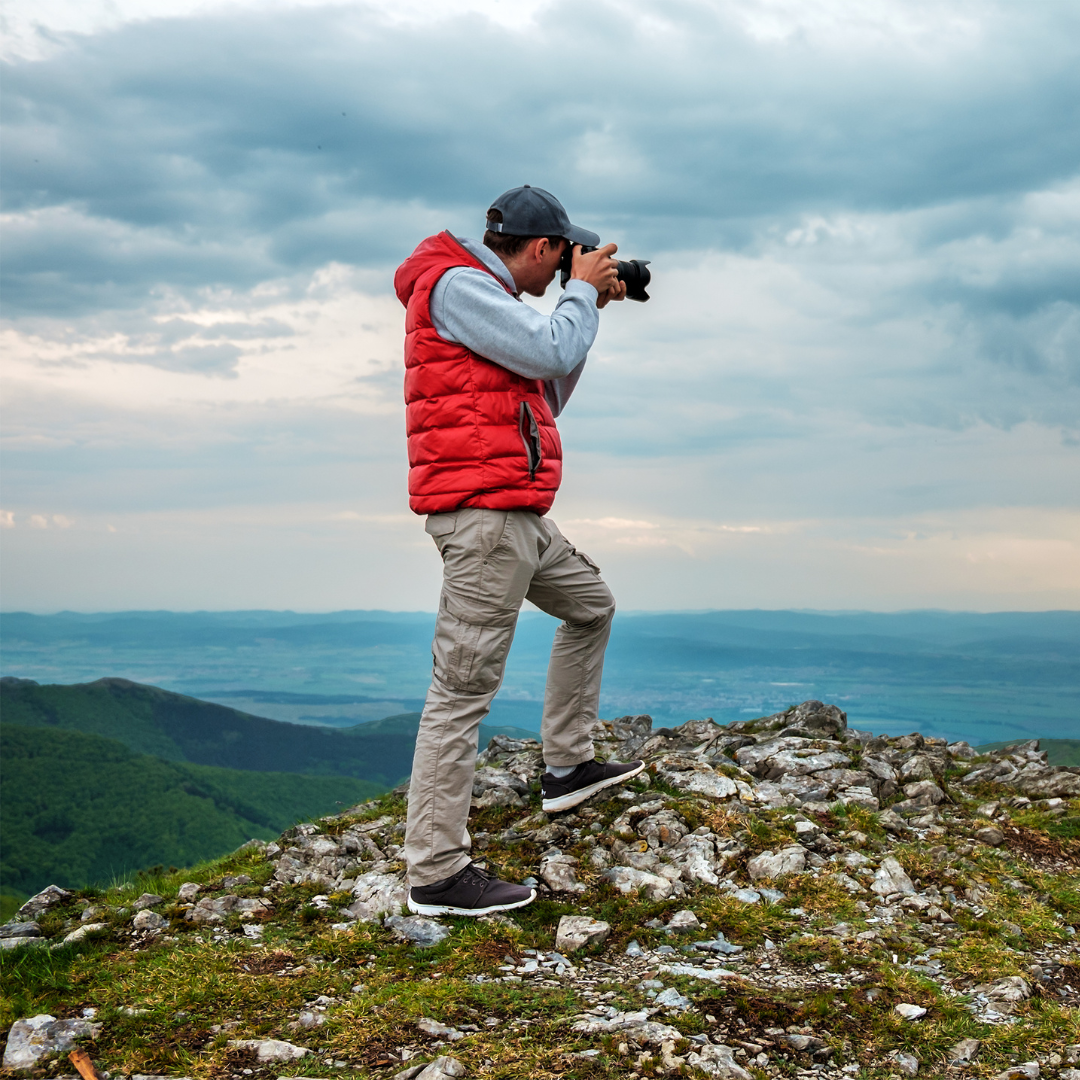An aesthetic photograph is an image that illustrates a concept, emotion, or idea with composition and light. Aesthetic pictures come in any genre, and the goal is achieved when an image is striking, meaningful, and effectively conveys the message or story.
Learning how to take aesthetic photographs can be a challenging task. Whether you are an amateur photographer or an experienced one, you can use many tips and tricks to take your images to the next level. Read on to learn how to take aesthetic photographs – 10 easy steps anyone can master.
Start with a Strong Composition
Composition is key to taking great photos, and composition is all about balance. Although you can’t always control all of the elements, you can work towards creating a balance that feels natural to you. One easy way to create balance is to draw the eye to the center of the photo, where interesting subjects or the main subject can be found.
Composition is all about how you arrange the elements of a photo. The elements are things like lines, shapes, colors, and textures, and when combined, they create a visually interesting photo. Composition isn’t about your photography skills—it’s about figuring out what you want to express with your photo and arranging the elements to help you express it.
Create a Style to Shoot Aesthetic Pictures
Style photography is the art of shooting people or objects in a way that emphasizes their beauty. Aesthetic photography is an art form that attempts to capture the emotional quality of a scene rather than its composition. Both style photography and aesthetic photography are important components of creative digital imaging.
Focus on Details or Change Angles
When taking photos, it is important to understand that small details distinguish between a great picture and an average one. Even when trying to create a simple photo, details can make the image take shape. Choose the best focus, angle, and lighting to enhance a photograph’s details.
Keep Lighting Simple
Your camera’s lighting may be one of the most important aspects when shooting any photograph, but your lighting can be the most important for aesthetic photographs. Let the natural light shine on your main subject, but use reflectors or lighting kits to accentuate the features you want to portray.
Aesthetic Pictures are all about post-Production.
Capturing an image is an art in itself. However, creating the perfect image to convey exactly what you want to say is an entirely different art. While you can capture the perfect shot, editing and post-production are where your skills shine. Achieving the perfect look can be complex.
Consider Presets and Filter Packs
Presets and filter packs have been a staple of many photographers for a while and for many good reasons. They can help you create consistent looks across all your images and act as shortcuts for editing. Presets and filter packs can give your photos the look and feel you want with minimal effort. While presets provide a good starting point, there’s much more you can do to develop your unique style.
Pick a Story-telling Theme
A story-telling theme is a great way to inject some personality into your photos. It’s especially useful for portraits, which tend to come across as entirely impersonal. But one mistake many amateur photographers make is choosing a too mainstream theme. Don’t go straight for “nature,” “people,” or “kids.” Instead, look for something unusual and thought-provoking to make your photos stand out from the crowd.
Use The Rule Of Thirds For Better Aesthetic Pictures
One of the most well-known photography rules is the “rule of thirds,” which says that your subject should be divided evenly into thirds in both directions. This is very useful for creating pleasing pictures and is also very simple to understand. Simply position your subject on one of the lines, and then think about the image from both sides of the picture and where the horizon goes.
Use Symmetry to Your Advantage
Symmetry is one of the most basic concepts in photography—and it’s a fundamental part of aesthetics. The notion behind symmetry is that two different images taken from the same angle, location, and vantage point are perfectly aligned and equally balanced, creating an image that doesn’t seem forced or fake.
Choose Colors Carefully
Choosing colors for aesthetic photographs can be tricky. When it comes to color, color theorists often discuss the relationship between color, mood, and emotion. And when it comes to photography, it’s much easier to look at color as a visual metaphor. This metaphor goes like this: a blue pixel in a photograph communicates sadness. A red pixel communicates anger. A green color communicates peace.
